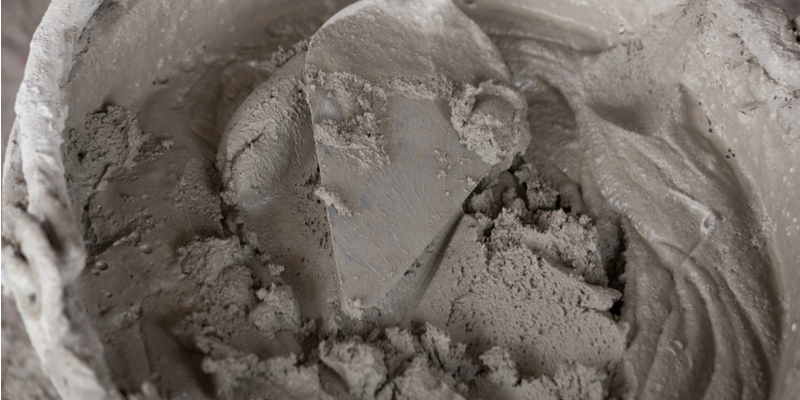Mortar and brick share an interesting and dynamic relationship that is often overlooked outside of masonry professionals. In places like Toronto where we have cold winters and freeze/thaw cycles, mortar impacts brick even more.
What Does Mortar do for Brick?
Mortar serves as the bonding agent that holds bricks together. It must be strong enough to hold the bricks together, but not too strong, or else it can end up putting pressure on brickwork. When properly applied, mortar provides a water-resistant barrier that protects brickwork from water damage. Plus, it acclimates dimensional variants and physical assets of the brick when put in place. The requirements of mortar will fluctuate based on composition, ingredients and quantities.
While concrete and mortar contain the same general ingredients, the two are very different from one another and cannot be compared as loosely as they sometimes are. Mortar and concrete are different in how they are placed, how they perform structurally, and in working consistencies.
How Mortar Impacts Bricks: Moisture
The goal of mortar is to bind masonry together to create a strong and durable solid object. Mortar loses water when it comes into contact with masonry units. Mortar has a high water to cement ratio, but this ratio changes when it comes into contact with the absorbent bricks.
Speaking of water, when moisture gets into a masonry structure it should evaporate back out and leave little to no damage. Although, if too much water enters masonry or if there is a period of freeze/thaw cycles, the moisture can become trapped in the structure. If this happens, the moisture will look for the weakest material to exit through. If the mortar is too strong, or rather, if it is stronger than the surrounding stone or brick, the water will travel into the brick or stone and then evaporate through there.
If water continues to travel into the brick or stone, and is then subjected to freeze/thaw cycles, it will put pressure on the walls of the bricks and eventually cause them to crack and spall.
Ideally, you want mortar to crack or crumble before bricks. It is more cost effective and simple to repair mortar, and therefore, mortar is designed to take on the brunt of damages in the name of protecting the surrounding brick or stone.
That’s why it is important for the mortar to not be too strong nor too weak for the material it is tasked with upholding. Typically, masons utilize mortar that is softer and less hardy than the surrounding materials.
Type of Mortar Changes Based Upon Mason Work
There are many different types of mortars: Type M, S, N, O, K, and L.
M is the strongest and L is the softest, containing no cement. In the past, it was rare for masons to use cement in mortar mixtures, that is why historic buildings rarely ever include Type M or Type S mortars. When repairing historic masonry, it’s crucial to use the appropriate mortar and avoid using something too strong, as this can have a detrimental effect on the surrounding mortar and brickwork.
The type of mortar that is best for a certain wall or structure will depend on the materials being used – for instance, a stone wall will vary in strength from a brick wall and will require a different mix of mortar. In addition, historic masonry structures have their own unique requirements. In many cases, existing mortar must be tested in order to determine the appropriate replacement mortar to use for repairs.
The Best Mortar for Your Project, Every Time
At Turnbull Masonry, we are the experts in mortar and masonry work. We take all necessary precautions to identify the best mortar for your project – from brand new construction to historic restorations. You can count on us!

